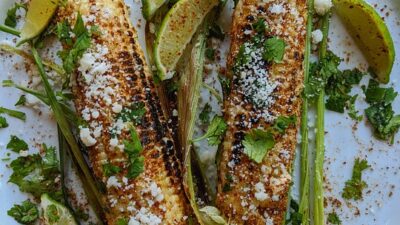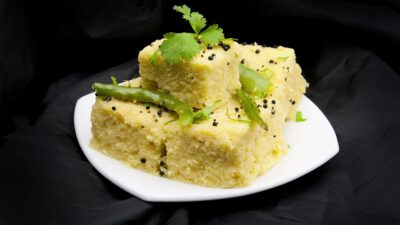Food is an intrinsic part of our humanity, serving not just as sustenance but as a powerful medium of connection. It transcends borders and languages, carrying the weight of history, culture, and identity. As we explore the rich tapestry of global cuisines, we discover that food acts as a universal language—one that brings people together, fosters understanding, and celebrates diversity.
The Historical Context of Food Sharing
Historical accounts reveal that sharing food has been a fundamental aspect of socializing since ancient times. From communal meals in pre-agricultural societies to modern potlucks and family dinners, the act of cooking and sharing meals has forged bonds across generations and communities. This tradition persists worldwide, where food serves as a catalyst for dialogues and relationships.
In many cultures, specific dishes are intertwined with significant life events—weddings, births, and holidays. These meals are often rich in symbolism, representing heritage and continuity. For instance, the feasting during Diwali in India is steeped in tradition, while Thanksgiving in the United States symbolizes gratitude and togetherness.
Culinary Exchange: A Convergence of Cultures
Globalization has accelerated the exchange of culinary traditions, leading to fascinating fusions and the birth of new cuisines. Immigrant populations share their flavors and cooking techniques in their new homes, creating unique hybrid dishes that reflect diverse cultural backgrounds. Think of the popularity of taco trucks in American cities or sushi burritos that marry Japanese and Mexican culinary elements.
Social media platforms have further amplified this exchange, allowing recipes, cooking techniques, and food stories to be shared across the globe. Instagram feeds and TikTok videos showcase vibrant dishes from every corner of the world, inspiring food enthusiasts to experiment and explore new flavors and ingredients.
Food as a Cultural Ambassador
Food not only introduces individuals to different cultures but also serves as an ambassador for cultural identity. When you try Moroccan tagine, you’re not just tasting a dish; you’re experiencing the rich cultural heritage of Morocco. Likewise, when enjoying Italian pasta, you’re engaging with a long-standing tradition that connects the past with the present.
Many restaurants, food festivals, and cultural fairs feature traditional dishes from various cultures, showcasing the uniqueness of each cuisine while promoting cross-cultural understanding. Through communal dining experiences or cooking classes, individuals have the opportunity to learn about the stories behind the dishes, deepening their appreciation for cultures beyond their own.
Breaking Down Cultural Barriers
Food often plays a critical role in confronting stereotypes and breaking down cultural barriers. The act of sharing a meal can transform perceptions, fostering a sense of empathy and understanding. Cross-cultural culinary experiences can create a safe space for dialogue, where participants can share their backgrounds and tales behind their traditional foods.
Consider multicultural potlucks, where individuals bring dishes from their heritage, allowing for an exchange of stories and flavors. These gatherings can challenge preconceived notions and highlight the similarities that exist within our diverse experiences.
The Future of Culinary Connection
As globalization progresses, the culinary landscape continues to evolve. Sustainability, ethical sourcing, and health-conscious trends are shaping the future of food. As we confront global challenges such as climate change and food insecurity, culinary innovation will be essential in leading us forward.
The rise of plant-based options and incorporation of indigenous ingredients further emphasizes the need for a responsible approach to gastronomy. By embracing the culinary traditions of various cultures, we can foster environmental awareness and promote biodiversity while enjoying the rich flavors that diverse cuisines offer.
Conclusion
In conclusion, food is an extraordinary bridge that connects individuals, cultures, and communities across borders. It carries stories, histories, and emotions—uniting us in our shared humanity. As we continue to navigate a rapidly changing world, let us celebrate the cultural richness found on our plates and cherish the connections that food fosters. By savoring the flavors of diverse cuisines, we don’t just taste the world; we also learn to embrace it, one bite at a time.



